Are you looking to navigate the complexities of shipping from Guangzhou to Los Angeles?
Understanding the intricacies of international shipping can be daunting, but it doesn’t have to be. In this comprehensive guide, we will delve into various shipping methods, costs, and timelines to help streamline your logistics process. Additionally, we’ll cover the essential aspects of customs clearance, reliable freight forwarders, and best practices for packaging and tracking your shipments. Prepare to take the guesswork out of your shipping journey!

Understanding the Shipping Process from Guangzhou to Los Angeles
Shipping goods from Guangzhou, one of China’s major manufacturing hubs, to Los Angeles, a key port city in the United States, involves several crucial steps. This process includes selecting a method of shipping, preparing necessary documentation, and understanding the logistics of customs clearance. Importers need to familiarize themselves with the entire shipping process to ensure a smooth flow of goods.
The shipping process typically begins with choosing a reliable freight forwarder, which acts as an intermediary between the shipper and various transportation services. Dantful International Logistics is a highly professional, cost-effective, and high-quality one-stop international logistics service provider that can assist with all aspects of shipping from Guangzhou to Los Angeles. The company offers services such as Ocean Freight, Air Freight, Customs Clearance, and more, ensuring that shipments are handled efficiently and with care.
Once a freight forwarder is selected, the next step is to decide the mode of transport, which can significantly affect both the shipping time and cost.
Shipping Methods from Guangzhou to Los Angeles
Sea Freight from Guangzhou to Los Angeles: Pros and Cons
Sea Freight is a popular shipping method for transporting large volumes of goods over long distances, such as from Guangzhou to Los Angeles. Here are some pros and cons of using sea freight:
| Pros | Cons |
|---|---|
| Cost-Effective: Generally cheaper for large shipments. | Long Transit Time: Usually takes 15-30 days depending on port congestion and shipping line schedules. |
| High Capacity: Can accommodate large quantities of goods. | Limited Tracking: Less visibility during transit compared to air freight. |
| Environmentally Friendly: Lower carbon footprint per ton of cargo. | Port Restrictions: Some goods may have restrictions or require special handling. |
Overall, sea freight is an excellent choice for businesses looking to import bulk items where cost savings are a priority, despite the longer transit times. For more information on transit times, consider checking out Shipping from Guangzhou to USA.
Air Freight from Guangzhou to Los Angeles: Speed vs. Cost
Air Freight offers considerable advantages in terms of speed, making it a preferred choice for urgent shipments. However, it comes at a higher cost. Below is a comparison of the key aspects of air freight:
| Advantages | Disadvantages |
|---|---|
| Fast Transit Times: Goods can arrive within 5-10 days. | Higher Costs: Typically more expensive than sea freight, especially for heavy goods. |
| Less Risk of Damage: Shorter transit reduces the likelihood of damage. | Limited Capacity: Cargo space is restricted compared to containers on ships. |
| Improved Tracking: More visibility and better tracking options available. | Airport Handling Fees: Additional fees may apply at airports. |
Choosing air freight is ideal for time-sensitive shipments or high-value items where the need for speed outweighs the increased costs. Importers must weigh the urgency of their shipments against the financial implications to determine the most suitable shipping method. For details on costs, the article how much for air freight from china to los angeles can be helpful.
In conclusion, the choice between sea freight and air freight when shipping from Guangzhou to Los Angeles largely depends on the priorities of the importer, including budget constraints, urgency, and the nature of the goods being transported. It’s also essential to consider partnering with an experienced freight forwarder like Dantful International Logistics to navigate the complexities of international shipping effectively.
Shipping Costs from Guangzhou to Los Angeles
Factors Influencing Shipping Costs from Guangzhou to Los Angeles
When considering shipping costs from Guangzhou to Los Angeles, several factors come into play that significantly impact the total expenditure. Understanding these factors can help importers make informed decisions and manage their budgets effectively.
Shipping Method: The choice between sea freight and air freight is a primary factor affecting shipping costs. While sea freight is generally more economical for larger shipments, air freight offers speed at a higher cost. For more details on ocean freight, visit ocean freight.
Weight and Volume: The weight and volume of the shipment influence the cost. Shipping rates are often calculated based on the greater of the actual weight or the dimensional weight. It is essential to accurately measure and weigh the goods to avoid unexpected charges.
Fuel Prices: Fluctuations in fuel prices can affect freight costs, particularly for ocean freight. Shipping companies often adjust their rates based on current fuel surcharges.
Distance and Route: The shipping route taken can affect costs. Direct routes may be more expensive, but they save time, whereas indirect routes can reduce costs but increase transit time.
Customs Duties and Taxes: Import duties, taxes, and fees imposed by the U.S. government can add to the overall shipping costs. It’s crucial to be aware of these charges when budgeting for imports.
Insurance: Depending on the value of the goods being shipped, purchasing insurance services may be advisable, which will add to the overall shipping cost.
Seasonality: Certain times of the year can see increased demand for shipping services, leading to higher costs. For instance, peak seasons like the holidays may result in elevated rates due to increased shipping volumes.
Understanding these factors can help businesses plan their shipping strategy and select the best options for their needs.
Comparing Quotes from Different Freight Forwarders
When importing goods from Guangzhou to Los Angeles, comparing quotes from various freight forwarders is essential for finding the most cost-effective solution. Here are some steps to effectively evaluate and compare quotes:
Request Detailed Quotes: Ensure that all quotes include a breakdown of costs, including base rates, fuel surcharges, insurance, customs fees, and any additional charges. This transparency helps in understanding the total cost involved.
Assess Service Levels: Not all freight forwarders offer the same level of service. Some may provide additional features such as tracking services, customs clearance assistance, and warehousing options. Evaluate these services against the quoted price.
Check for Hidden Fees: Look out for any hidden fees that might not be apparent in the initial quote. These can include charges for documentation, handling, or additional services that may arise during transit.
Reputation and Reviews: Evaluate freight forwarders based on customer reviews and their industry reputation. A lower quote from a less reputable provider may result in poor service or delays, which could ultimately cost more.
Negotiation: Don’t hesitate to negotiate with freight forwarders. They may offer discounts for larger shipments or long-term contracts.
Use Freight Rate Calculators: Online freight rate calculators can provide quick estimates for shipping costs from Guangzhou to Los Angeles, allowing for an initial comparison before obtaining detailed quotes from forwarders.
By carefully comparing quotes and considering the factors mentioned above, businesses can secure a freight forwarding solution that balances cost with quality service.
READ MORE:
- Shipping From China to the USA
- Shipping From China TO Canada
- Shipping From China TO Mexico
- Shipping From China to Panama
- Shipping From China to Costa Rica
- Shipping From China to Brazil
- Shipping From China TO Colombia
- Shipping From China to Jamaica
- Shipping From China to Venezuela
- Shipping From China to Argentina
Shipping Times from Guangzhou to Los Angeles
Average Transit Times for Sea Freight from Guangzhou to Los Angeles
Transit times for sea freight from Guangzhou to Los Angeles typically range from 14 to 30 days, depending on several factors such as the shipping line, route taken, and port congestion. Here is a general overview of the expected transit times:
| Shipping Method | Average Transit Time | Remarks |
|---|---|---|
| Sea Freight | 14 – 30 days | Varies by shipping line and route |
| Direct Services | 14 – 20 days | More expensive but faster |
| Indirect Services | 20 – 30 days | Cheaper but longer transit |
Average Transit Times for Air Freight from Guangzhou to Los Angeles
For air freight, the transit times from Guangzhou to Los Angeles are considerably shorter, typically ranging from 3 to 7 days. Here is an overview:
| Shipping Method | Average Transit Time | Remarks |
|---|---|---|
| Air Freight | 3 – 7 days | Fastest option for urgent shipments |
| Same-Day Services | 1 – 2 days | Expensive but ideal for critical shipments |
Understanding these shipping times is essential for planning and ensuring that goods arrive promptly, especially for businesses that rely on timely inventory replenishment or seasonal sales.
By partnering with a reliable freight forwarder like Dantful International Logistics, you can ensure that your shipping needs are met with professionalism and efficiency, whether choosing ocean freight, air freight, or any other international logistics services we provide.
Finding Reliable Freight Forwarders from Guangzhou to Los Angeles
Key Qualities of Reputable Freight Forwarders
When shipping goods from Guangzhou to Los Angeles, selecting a reliable freight forwarder is crucial for ensuring a smooth process. Here are the key qualities to look for in a reputable freight forwarder:
Experience and Expertise: A well-established freight forwarder should have a proven track record of handling international shipments, specifically from China to the USA. Look for operators who have extensive experience navigating the complexities of international logistics.
Comprehensive Services: A reputable freight forwarder like Dantful International Logistics should offer a range of services including ocean freight, air freight, customs clearance, and warehouse solutions. This one-stop approach simplifies coordination and reduces the potential for miscommunication.
Strong Network: Effective freight forwarders maintain partnerships with reliable carriers and local agents. This extensive network ensures that your shipment can be handled efficiently at every stage of the journey, from Guangzhou to Los Angeles.
Transparent Pricing: Look for a freight forwarder that provides clear and upfront pricing without hidden fees. Cost transparency is essential for budgeting your shipping expenses effectively.
Customer Service: Reliable providers prioritize customer service and communication. They should be responsive to inquiries and provide timely updates about your shipment status. A dedicated account manager can enhance your experience and ensure personalized support.
Compliance Knowledge: An understanding of customs regulations and compliance requirements is critical. A trustworthy freight forwarder should be well-versed in import/export laws to help you avoid potential delays or penalties.
How to Verify the Credentials of Freight Forwarders
Verifying the credentials of freight forwarders is crucial to ensure you are working with a legitimate and capable partner. Here are steps to help you conduct thorough due diligence:
Check Licensing and Certification: Ensure the freight forwarder holds the necessary licenses and certifications. In the USA, they should be registered with the Federal Maritime Commission (FMC) for ocean freight and have an Air Freight Forwarder license for air shipments. This information can often be verified online.
Read Online Reviews: Investigating customer reviews and testimonials can provide insights into the freight forwarder’s reliability and service quality. Websites like Trustpilot and Google Reviews can be useful resources.
Request References: Don’t hesitate to ask potential freight forwarders for references from previous clients. Speaking directly to past customers can give you firsthand knowledge of the forwarder’s strengths and weaknesses.
Evaluate Their Online Presence: A professional website and active social media presence can indicate that the freight forwarder is serious about their business. Look for informative content that showcases their expertise in international logistics.
Seek Recommendations: Personal recommendations from business associates or industry contacts can be invaluable. Networking within your industry can lead you to reputable freight forwarders that others have successfully worked with.
Customs Clearance When Shipping from Guangzhou to Los Angeles
Understanding Import Regulations for Los Angeles
Navigating the customs clearance process is vital when importing goods from Guangzhou to Los Angeles. Understanding the relevant import regulations can help ensure your shipment is compliant and avoid delays. Key points include:
Duties and Taxes: Familiarize yourself with the applicable tariffs and taxes on the products you are importing. The U.S. Customs and Border Protection (CBP) provides resources to help you determine the tariffs based on your product’s classification.
Prohibited and Restricted Items: Be aware of items that are prohibited or restricted from importation into the USA. Specific regulations may apply to certain goods, such as food or pharmaceuticals. Understanding these regulations is essential to avoid customs seizures.
Compliance with U.S. Regulations: Ensure that your products comply with relevant U.S. regulations. This includes meeting safety standards, labeling requirements, and specific import regulations for certain commodities.
Essential Documentation for Smooth Customs Clearance
Proper documentation is crucial for ensuring a seamless customs clearance process. Here are the essential documents you need when shipping from Guangzhou to Los Angeles:
Commercial Invoice: This document lists the goods being shipped, their value, and the terms of sale. It serves as a key document for calculating duties and taxes.
Packing List: A detailed packing list outlines the contents of each package in your shipment. This document assists customs officials in verifying the goods.
Bill of Lading: Whether you choose ocean freight or air freight, a bill of lading is required. This document serves as a receipt for the cargo and outlines the terms of transport.
Customs Declaration Form: You will need to complete this form, which provides information about your goods to customs officials. It is essential for the proper assessment of your shipment.
Import Permit (if required): Certain products may require specific import permits. Ensure you check the regulations for your products and obtain any necessary permits in advance.
In summary, choosing a reliable freight forwarder and understanding customs clearance are critical components when shipping from Guangzhou to Los Angeles. By partnering with a professional logistics provider like Dantful International Logistics and ensuring all documentation is in order, you can navigate the complexities of international shipping with confidence.
Packaging and Labeling Requirements for Shipping from Guangzhou to Los Angeles
Best Practices for Packaging Goods for International Shipping
When shipping goods internationally from Guangzhou to Los Angeles, proper packaging is crucial for ensuring that products arrive safely and intact. Here are some best practices to consider:
Use Durable Materials: Choose high-quality packaging materials, such as double-walled cardboard boxes for heavier items and bubble wrap or foam for fragile goods. This can help prevent damage during transit.
Size Appropriately: Ensure that the packaging is appropriately sized for the goods. Avoid using excessively large boxes, as this can lead to increased shipping costs and potential damage from movement during transit.
Seal Properly: Use strong packing tape to securely seal all openings of the package. It’s also recommended to reinforce the bottom of the box to prevent it from opening during handling.
Label Contents Clearly: Clearly label the contents of the package, including the weight and dimensions. This not only helps in customs clearance but also ensures proper handling throughout the shipping process.
Consider Moisture Protection: In humid environments, moisture can damage products. Using moisture-resistant packaging, such as plastic wrapping or vacuum sealing, can help protect your goods.
Include Instructions: If the items require specific handling instructions, include them visibly on the packaging. This is particularly important for fragile items or goods that may require special care.
Importance of Proper Labeling for Customs Compliance
Proper labeling is not only important for the safe transport of your goods but is also crucial for compliance with customs regulations. Here are some key points to remember:
Complete and Accurate Information: Ensure that all labels contain complete and accurate information about the contents, including the product description, value, and country of origin. This is essential for customs clearance in the United States.
HS Codes: Include the relevant Harmonized System (HS) codes for the products being shipped. This helps customs officials quickly identify the goods for tariff classification.
Commercial Invoice: Attach a commercial invoice to the package, detailing the transaction, including pricing and payment terms. This document is key in determining duties and taxes.
Warning Labels: If your products are hazardous or require special handling, make sure to include appropriate warning labels. This ensures that carriers and customs agents are aware of any potential risks.
Barcodes and Tracking Numbers: Incorporate tracking numbers and barcodes on labels to facilitate tracking during transit. This helps keep all parties informed about the shipment’s status.
By adhering to these packaging and labeling requirements, you can help ensure a smoother shipping experience from Guangzhou to Los Angeles.
Tracking Your Shipment from Guangzhou to Los Angeles
How to Use Tracking Services for Peace of Mind
Tracking your shipment is essential for maintaining awareness of its location and status throughout the shipping process. Here’s how to effectively use tracking services:
Obtain Tracking Information: Once your goods have been shipped, your freight forwarder will provide you with a unique tracking number. This number is crucial for monitoring your shipment.
Utilize Online Platforms: Most freight forwarders offer online tracking services on their websites. Simply input your tracking number to view real-time updates on your shipment’s status, including its current location and expected delivery date.
Mobile Applications: Many logistics companies have mobile apps that allow you to track your shipments on the go. These apps not only provide tracking information but may also offer notifications for important updates.
Communication with Freight Forwarder: Maintain open communication with your freight forwarder. They can provide additional insights and assistance if you encounter any issues while tracking your shipment.
Common Issues When Tracking Shipments and How to Resolve Them
While tracking services are valuable, there can be occasional issues that arise. Here are some common problems and solutions:
Tracking Information Not Updated: Sometimes, tracking information may not be updated in real-time. If this occurs, wait for a few hours before checking again, as there may be delays in system updates. If the issue persists, contact your freight forwarder for clarification.
Lost Tracking Number: If you lose your tracking number, reach out to your freight forwarder. They can usually provide you with the tracking number again based on your order details.
Incorrect Information: If the tracking information appears to be incorrect, such as showing the wrong destination, contact your freight forwarder immediately to rectify the mistake.
Delivery Delays: If your shipment is delayed, tracking services can provide insights into the reason. Weather conditions, customs clearance issues, or logistical challenges are common reasons for delays. Staying in touch with your freight forwarder can help you understand the situation.
By effectively utilizing tracking services and addressing potential issues swiftly, you can ensure a more predictable shipping experience when moving goods from Guangzhou to Los Angeles.

Young Chiu is a seasoned logistics expert with over 15 years of experience in international freight forwarding and supply chain management. As CEO of Dantful International Logistics, Young is dedicated to providing valuable insights and practical advice to businesses navigating the complexities of global shipping.





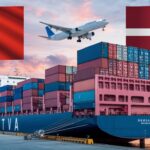




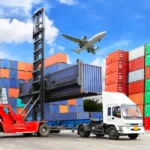
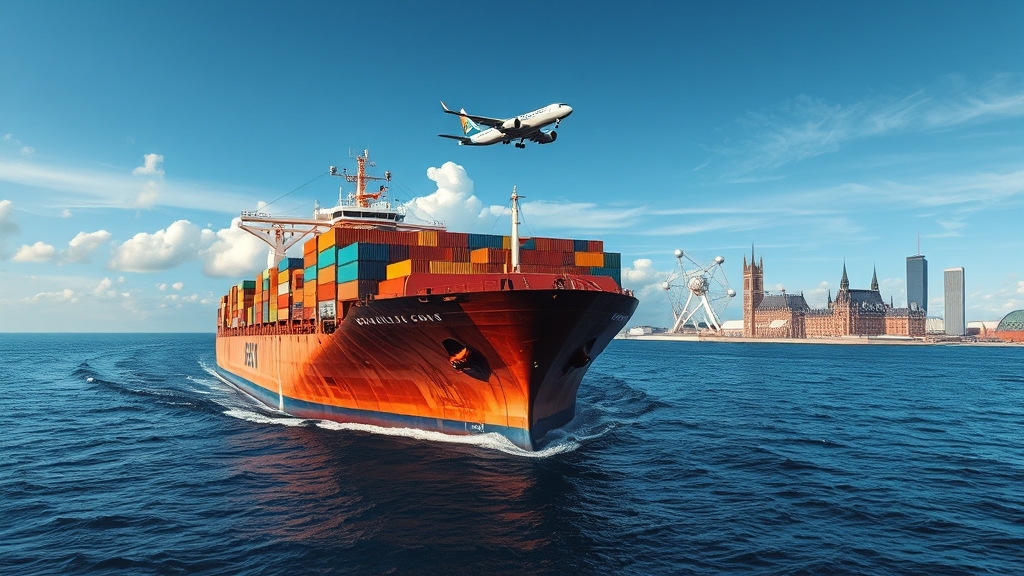
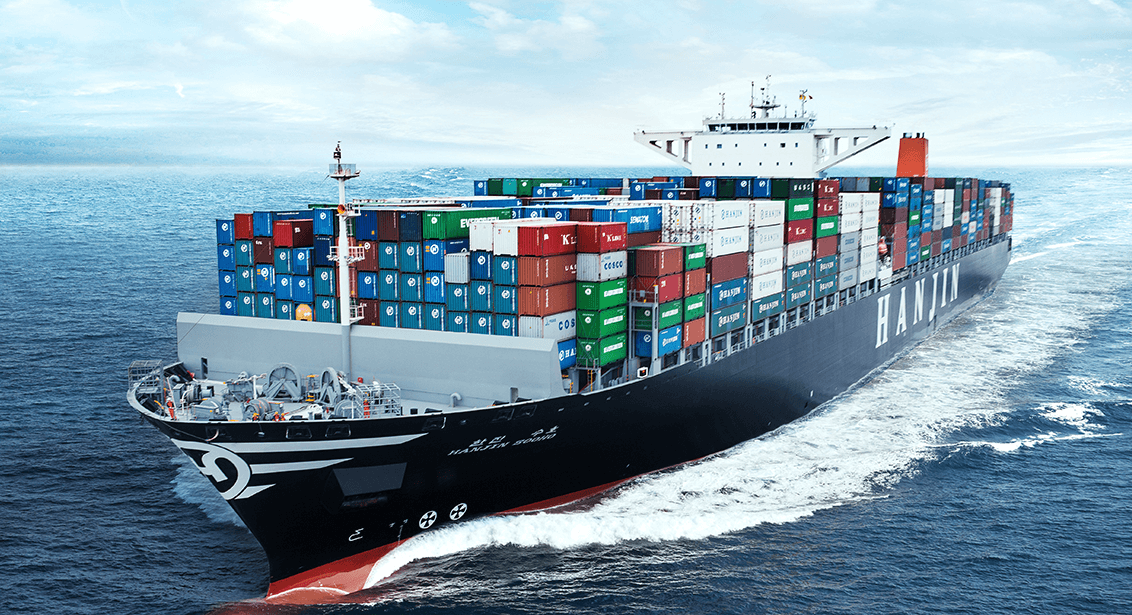
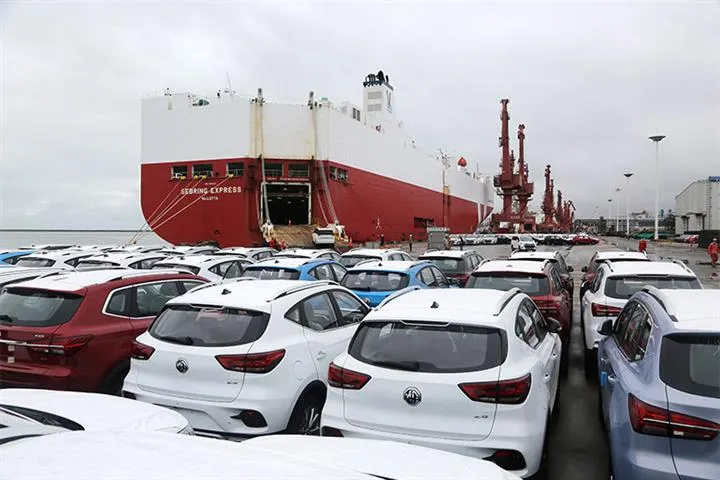

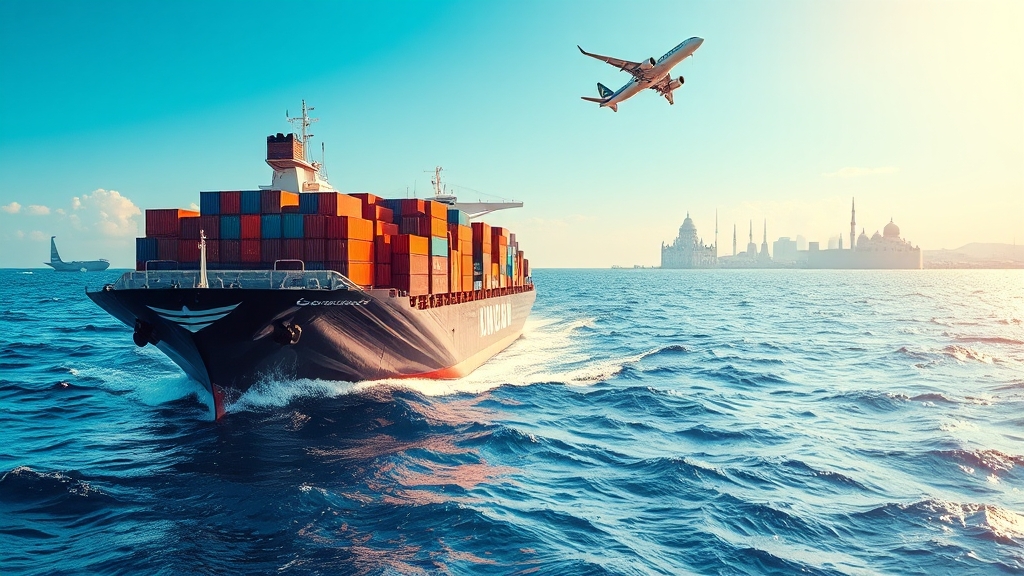
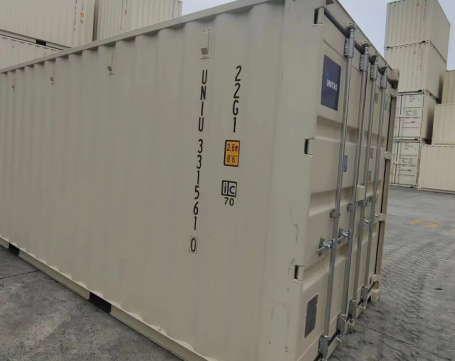
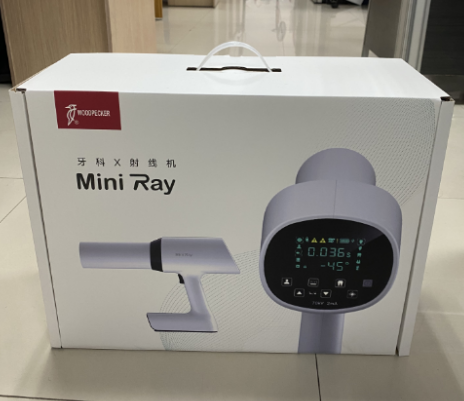
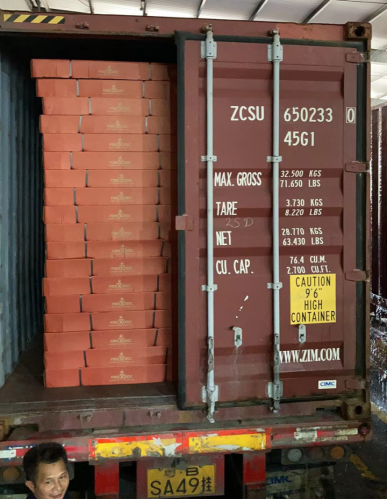
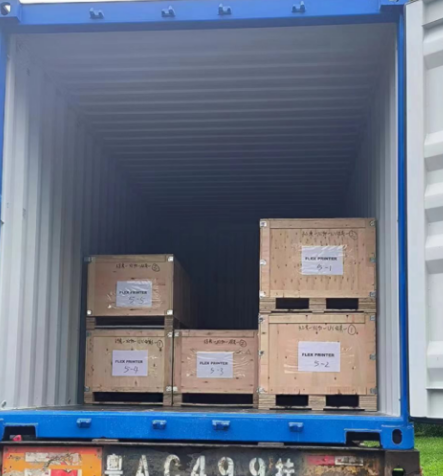
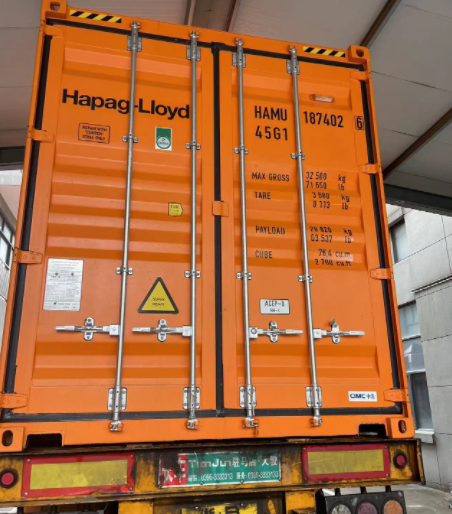
 Afrikaans
Afrikaans Shqip
Shqip አማርኛ
አማርኛ العربية
العربية Հայերեն
Հայերեն Azərbaycan dili
Azərbaycan dili Euskara
Euskara Беларуская мова
Беларуская мова বাংলা
বাংলা Bosanski
Bosanski Български
Български Català
Català Cebuano
Cebuano Chichewa
Chichewa 简体中文
简体中文 繁體中文
繁體中文 Corsu
Corsu Hrvatski
Hrvatski Čeština
Čeština Dansk
Dansk Nederlands
Nederlands English
English Esperanto
Esperanto Eesti
Eesti Filipino
Filipino Suomi
Suomi Français
Français Galego
Galego ქართული
ქართული Deutsch
Deutsch Ελληνικά
Ελληνικά Kreyol ayisyen
Kreyol ayisyen Harshen Hausa
Harshen Hausa Ōlelo Hawaiʻi
Ōlelo Hawaiʻi עִבְרִית
עִבְרִית हिन्दी
हिन्दी Hmong
Hmong Magyar
Magyar Íslenska
Íslenska Igbo
Igbo Bahasa Indonesia
Bahasa Indonesia Gaeilge
Gaeilge Italiano
Italiano 日本語
日本語 Basa Jawa
Basa Jawa ಕನ್ನಡ
ಕನ್ನಡ Қазақ тілі
Қазақ тілі ភាសាខ្មែរ
ភាសាខ្មែរ 한국어
한국어 كوردی
كوردی Кыргызча
Кыргызча ພາສາລາວ
ພາສາລາວ Latin
Latin Latviešu valoda
Latviešu valoda Lietuvių kalba
Lietuvių kalba Lëtzebuergesch
Lëtzebuergesch Македонски јазик
Македонски јазик Malagasy
Malagasy Bahasa Melayu
Bahasa Melayu മലയാളം
മലയാളം Maltese
Maltese Te Reo Māori
Te Reo Māori मराठी
मराठी Монгол
Монгол ဗမာစာ
ဗမာစာ नेपाली
नेपाली Norsk bokmål
Norsk bokmål پښتو
پښتو فارسی
فارسی Polski
Polski Português
Português ਪੰਜਾਬੀ
ਪੰਜਾਬੀ Română
Română Русский
Русский Samoan
Samoan Gàidhlig
Gàidhlig Српски језик
Српски језик Sesotho
Sesotho Shona
Shona سنڌي
سنڌي සිංහල
සිංහල Slovenčina
Slovenčina Slovenščina
Slovenščina Afsoomaali
Afsoomaali Español
Español Basa Sunda
Basa Sunda Kiswahili
Kiswahili Svenska
Svenska Тоҷикӣ
Тоҷикӣ தமிழ்
தமிழ் తెలుగు
తెలుగు ไทย
ไทย Türkçe
Türkçe Українська
Українська اردو
اردو O‘zbekcha
O‘zbekcha Tiếng Việt
Tiếng Việt Cymraeg
Cymraeg יידיש
יידיש Yorùbá
Yorùbá Zulu
Zulu